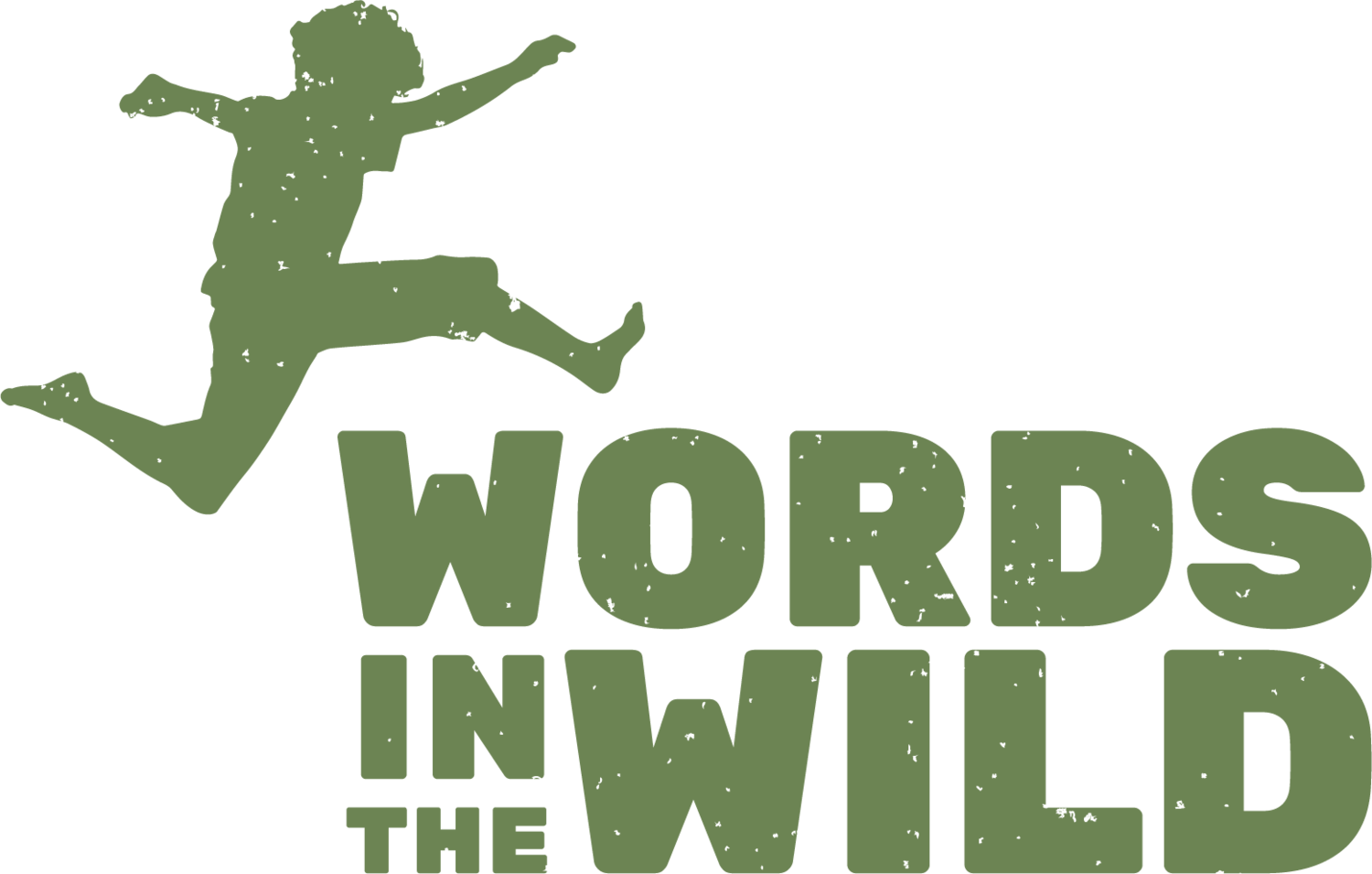Grounding Word Analysis Through Nature Journaling
Getting up close with nature and language
"Nature” or “field” journaling is a tool for closely observing and documenting natural phenomena in order to more deeply understand it. We use it to explore nature, and language and are very excited to share a rubric that we developed as part of a research study in partnership with Johns Hopkins University researchers, and free lesson plans.
Using evidence from elementary-aged (K-5) campers’ journal entries, our team of teachers and learning science researchers investigated how nature journaling could be used as an engaging pedagogical strategy for building foundational literacy skills, including understanding of orthographic phonology, grapheme phoneme correspondence, morphology, and more. We asked: How do emergent readers apply competencies developed through field journaling to the practice of word analysis?
In alignment with evidence-based reading instruction, educators are increasingly engaging emergent readers in analyzing the structures of words, including phonological, morphological, orthographic etymological analysis (Moats, 2020). As a relatively new practice for many, educators need strategies to scaffold these competencies, especially for struggling readers.
Field journaling is a pedagogical strategy involving close, structured observation and documentation of natural phenomena, often supported through metacognitive prompts (Laws et al., 2020). While the impact of field journaling has been examined in the context of outdoor education, strategies applied during journaling experiences may also provide a promising framework for scaffolding core competencies of reading and writing. Here’s how:
Nature journaling can set the stage for increased willingness to engage in reading and writing activities. Journaling in and about the natural world encourages learners to tap into curiosity, which lowers the affective threshold that might otherwise cause struggling readers and writers to shut down or refuse to participate.
Nature journaling supports sustained attention, encouraging learners to notice features of the subject–an essential skill for successful decoding.
Nature journaling gives learners multiple modalities to encode target phenomena, which can increase long-term retention.
Nature journaling develops metacognitive skills such as questioning and reflecting on learning strategies–important skills for self-regulated learning.
Words in the Wild campers observe and document turtles in their field journals
A journal entry about the word <earthworm> (age 5)
Prior research has found numerous benefits to engaging in nature journaling. Nature journaling has been used to spark interest, engagement, and connection to science content (Brown et al., 2017) and bolster vocabulary development for non-dominant language speakers (Mueller & Herrera, 2023). Integrating drawing and writing increases conceptual understanding of target phenomena (Wilson & Bradbury, 2016) and promotes long-term retention–effects which appear especially potent for struggling readers (Hardiman et al., 2014). Journalers frequently apply critical reasoning skills like elaboration, question-generation, pattern recognition, and hypothesizing (Canfield et al., 2011; Laws et al., 2020).
The structure of FJ presents an opportunity for educators to apply these skills to develop core language and literacy competencies: to scaffold foundational decoding skills like orthographic mapping (Ehri, 2013) and identifying word meaning and origin (Bowers & Bowers, 2018) and connect this learning to relevant content (Hammond, 2014).
To assess the potential application of this powerful learning tool to the scaffold the skills of reading and writing, we posed the following question:
How do emergent readers apply competencies developed through field journaling to the practice of word analysis?
Using our free educator resource, educators will be able to implement field journaling experiences with examples for applying target skills to systematically observe and analyze written words. Furthermore, we provide a rubric used to analyze nature- and word-based journal entries which practitioners can use to interpret levels of conceptual knowledge, identify misconceptions, and attend to metacognitive skills displayed by learners.
Using our free resource, educators will be able to:
1) Guide elementary-aged learners in a set of introductory field journaling activities with pictures, words, numbers and questions, using a set of metacognitive prompts.
2) Identify connections between key competencies developed through field journaling and skills that can be applied to analyze the structures of words, including phonological, morphological, orthographic, and etymological analysis
3) Identify connections between key competencies developed through field journaling and skills that can be applied to analyze the structures of words, including phonological, morphological, orthographic etymological analysis
4) Apply a rubric for analyzing the contents of field journaling pages to assess understanding of key linguistic structures, such as phonemes, graphemes, syllables, and morphemes
About our study:
We use a mixed-methods design to analyze journal entries and survey data of elementary-aged (1st-5th grade) participants (n=36) who attended a reading-focused summer program. Teachers engaged students in nature journal entries using a consistent script written by our consulting naturalist, Ryan Nepomuceno.
We applied thematic analysis (Braun & Clarke, 2006) to inductively code and compare nature-focused and word-focused journal entries generated pre/post participation in the 2-week program. The small sample size limits generalizability, but is ideal as a pilot for evaluating this novel approach.
Stay tuned for updates on this ongoing research!
Post author, Lindi Shepard, MA, is the lead researcher on this study, under the guidance of PI Alexandra Shelton, PhD. Lindi is a Words the Wild fellowship alum, a doctoral candidate at Johns Hopkins University and our fellowship director.
Special thanks to Words in the Wild summer teachers for making this work possible!



